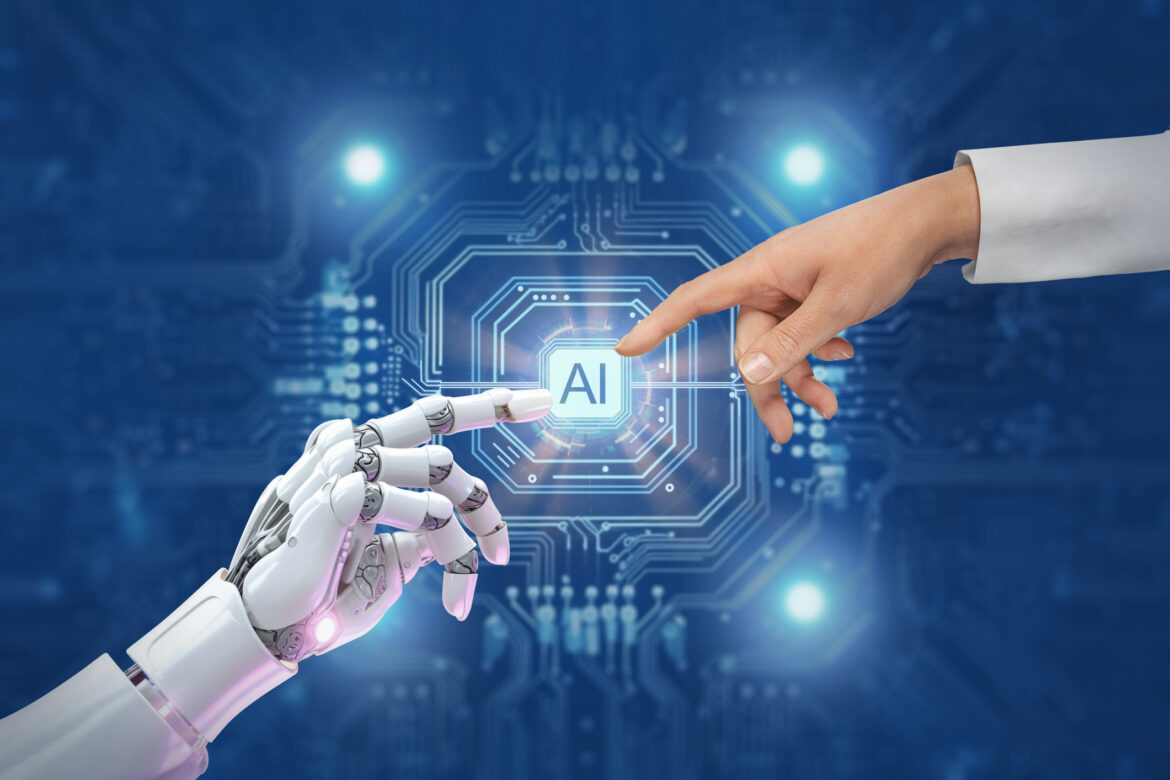Companies rushing to adopt generative artificial intelligence (AI) technologies may risk alienating their workforce if they fail to include employee voices in the implementation process, according to a new report from the MIT Sloan School of Management. The study highlights the importance of a “bottom-up” approach to AI adoption, which could lead to more effective tools, improved job quality, and higher productivity.
“Technologies do not develop deterministically; they are the product of the organizations and people that use them,” said Thomas Kochan, the George Maverick Bunker Professor of Management, Emeritus at MIT Sloan. Kochan, along with a team of MIT researchers, found that involving workers in the development and deployment of AI can have significant benefits for both the technology’s effectiveness and the overall work environment.
The report, based on interviews with AI developers, business leaders, labour leaders, and policymakers, warns that many AI initiatives currently prioritize replacing workers rather than augmenting their roles. This trend, the researchers argue, can lead to workers feeling excluded and disconnected from the decision-making processes in their organizations.
“This is where old workplace problems meet new technology,” Kochan noted, pointing out that a historical pattern exists where financial benefits from new technologies often bypass workers, instead favouring investors.
Collaborative approach
The MIT team advocates for a collaborative approach that balances both top-down and bottom-up strategies. By integrating worker input early in the AI design and implementation phases, organizations can better identify where AI can be most effectively applied. For example, store workers who helped design a generative AI chatbot provided insights that enhanced both the technology and the daily operations of a large retailer.
However, the report also cautions against relying solely on worker-driven approaches, which may focus on narrow use cases.
Ben Armstrong, co-lead of MIT’s Work of the Future initiative, emphasized the need for balance: “A bottom-up, worker-driven approach might emphasize narrow use cases, whereas managers are looking for bigger applications than workers on the front line can readily identify.”
What employers can do
The report outlines several strategies for successful AI adoption, including co-creating tools with employees, targeting AI solutions to address employee pain points, using AI to open up career advancement opportunities, and rewarding worker contributions to AI innovation. Addressing workers’ concerns about job security is also crucial, with the report recommending regular open dialogues and, in unionized workplaces, collaboration with union leadership.
As Kochan summarized, “The rise of generative AI is a real opportunity, but making the most of it will demand a new approach to decision-making, as well as a new focus on worker training, fair transitions, and effective policy. We need to involve as many stakeholders as possible to ensure no one is left behind.”
The report’s co-authors include experts from MIT’s Sloan School of Management, the Computer Science and Artificial Intelligence Laboratory (CSAIL), and the Institute for Work and Employment Research.
Access the full report here: https://mit-genai.pubpub.org/pub/obr01l0u/release/1





